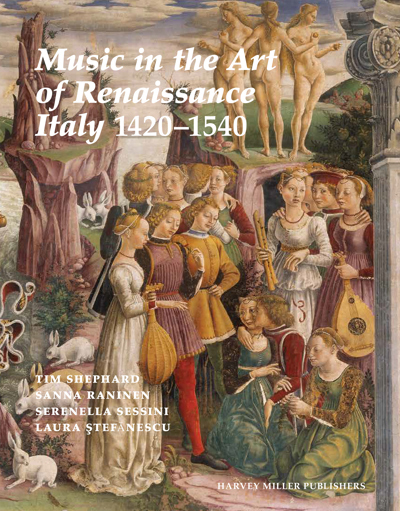
Late Gothic Sculpture in Northern Italy: Andrea da Giona and I Maestri Caronesi
An Addition to the Pantheon of Venetian Sculptors
Anne Markham Schulz
- Pages:2 vols, 660 p.
- Size:225 x 300 mm
- Illustrations:505 b/w, 27 col.
- Language(s):English
- Publication Year:2022
- € 275,00 EXCL. VAT RETAIL PRICE
- ISBN: 978-1-912554-80-5
- Hardback
- Available
This book explores the sculpture dispersed throughout Northern Italy in the second quarter of the fifteenth century by masters from the shores of Lake Lugano and identifies Andrea da Giona as the elusive author of Venice’s preeminent sculpture at the intersection of Gothic and Renaissance art, the Mascoli Altarpiece in San Marco.
Educated in the History of Art at Radcliffe College, Harvard University, and the Institute of Fine Arts, NYU, Anne Markham Schulz has taught at the University of Illinois at Chicago Circle, Brown University, and the Università Federico II at Naples. Her previous book, The History of Venetian Sculpture, ca. 1400 to 1530, was named Book of the Year by Apollo magazine in 2018. This is her eleventh book.
Over the course of a century and a half more than forty late Gothic sculptures have been recognized as sharing a vocabulary of figure and facial types, drapery, wings, and hair. Despite the fact that all the works date from the second quarter of the fifteenth century, they were widely distributed throughout Northern Italy - from Udine in the east to Venice, Ferrara, Vicenza, Verona, Milan, Genoa, and Savona in the west. Payments for the greatest of these works, the Milanese Tomb of Giovanni Borromeo, name as its authors Filippo Solari and Andrea, both from Carona or its satellite Giona, towns in the Ticino close to Lake Lugano which gave birth to several famous dynasties of stonecarvers. How Filippo and Andrea and their numerous assistants, known generally as maestri caronesi, were linked and what kinds of organizations permitted such wide-spread activity over such a narrow span of time are questions asked here for the first time. On the basis of close analyses of comparable works, moreover, it proves possible - not only to identify the chief among these maestri caronesi as Andrea da Giona (d. 1449) - but to follow his career in Castiglione Olona, Milan, and Venice where he was preeminent during the transition from late Gothic to Renaissance sculpture.







